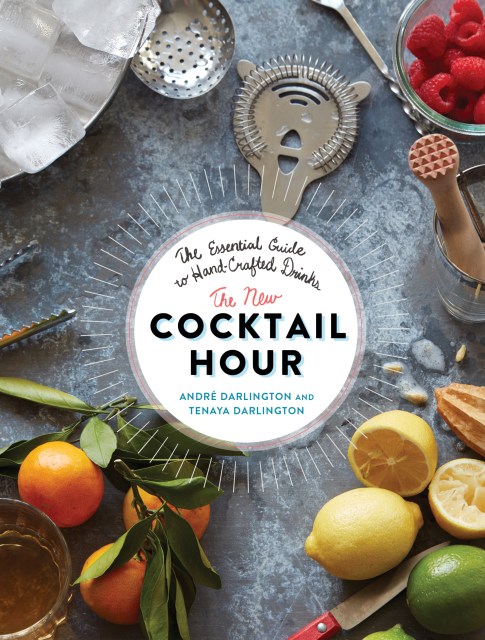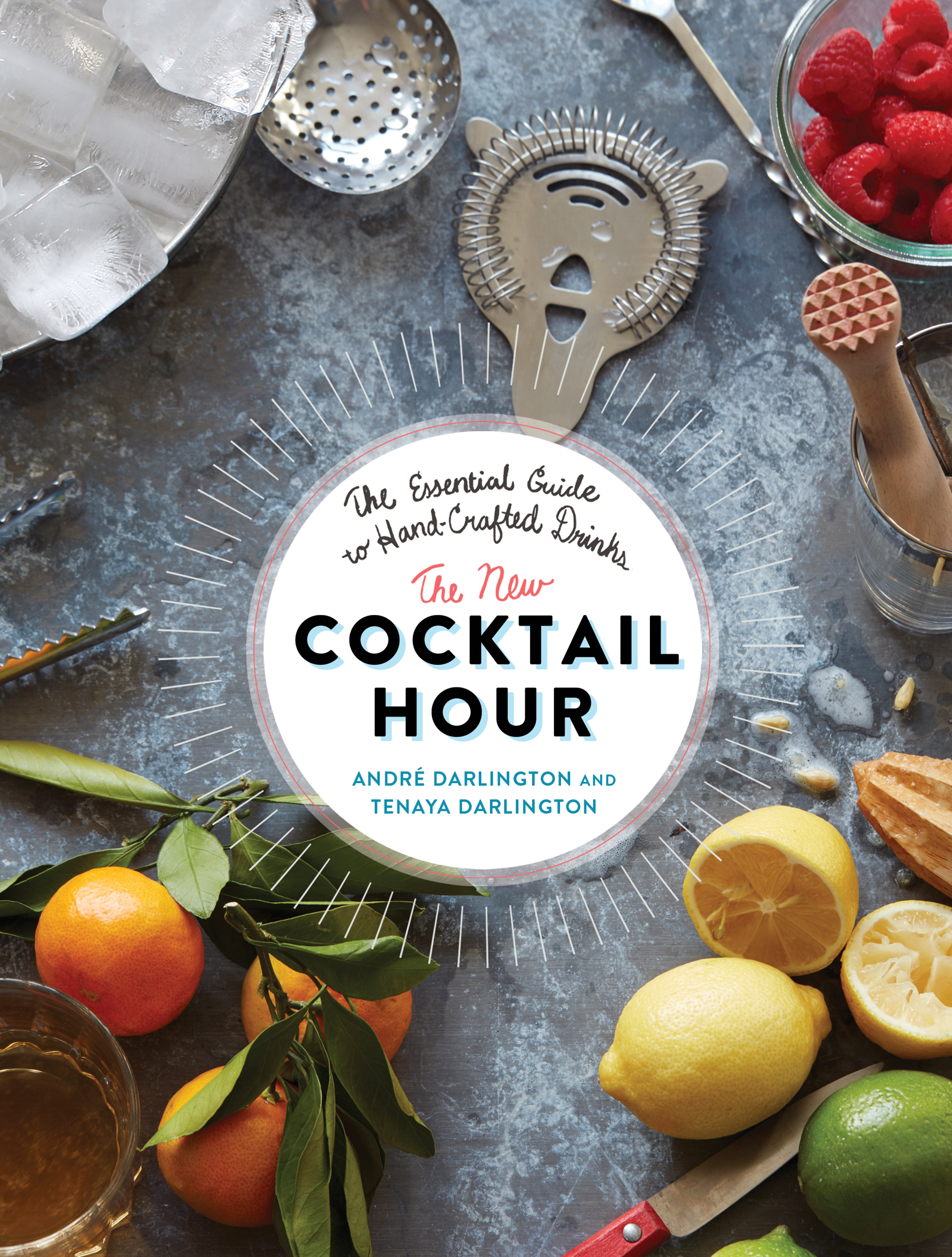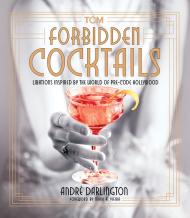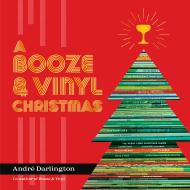Promotion
Use code BEST25 for 25% off storewide. Make sure to order by 11:59am, 12/12 for holiday delivery!
By clicking “Accept,” you agree to the use of cookies and similar technologies on your device as set forth in our Cookie Policy and our Privacy Policy. Please note that certain cookies are essential for this website to function properly and do not require user consent to be deployed.
The New Cocktail Hour
The Essential Guide to Hand-Crafted Drinks
Contributors
Formats and Prices
- On Sale
- Apr 26, 2016
- Page Count
- 304 pages
- Publisher
- Running Press
- ISBN-13
- 9780762457274
Price
$14.99Price
$19.99 CADFormat
Format:
- ebook $14.99 $19.99 CAD
- Hardcover $22.00 $28.00 CAD
This item is a preorder. Your payment method will be charged immediately, and the product is expected to ship on or around April 26, 2016. This date is subject to change due to shipping delays beyond our control.
Buy from Other Retailers:
Libation-loving siblings André and Tenaya Darlington show you how to make cocktails from every era, reimagined for a contemporary palate. Dial back the sugar, and load up on quality ingredients. The New Cocktail Hour shows you how to mix incredible craft cocktails and gives you a complete history of classic recipes and spirits. You’ve never seen a cocktail book like this before! Unique features include:
- 214 vintage and modern recipes, complete with tasting notes
- Tips on pairing cocktails with everything from pizza to oysters
- Suggested brands for building a well-stocked bar
- Seasonal ideas for syrups, shrubs, and garden-to-glass drinks
- Advice for hosting craft cocktails parties at home
-
"Everything you need to know about throwing a successful cocktail party is in this new book."-Los Angeles Times
-
"Frustrated with encyclopedic but poorly organized collections that overwhelmed all but the professional bartender, they offer a manual for those wishing to bring the craft cocktail movement home...a great addition for all collections."-Library Journal
-
"I haven't been able to put it down. Is it odd to read a recipe book as if it were a novel?"-San Diego Magazine
-
"Who it's for: The home bartender that can't decide on what to drink. This book has a little bit of everything, and with eye-catching photos, you'll want it all."-Epicurious.com
-
"Individuality is part of this book's charm, much like its ode to an underappreciated ingredient, Dubonnet. The greater success of The New Cocktail Hour is its ability to be many things to a variety of readers and still stand out from the pile of cocktail copycats as both useful and different."-The Philadelphia Inquirer
-
"The New Cocktail Hour can help you choose a drink with confidence.... Elevate your craft with DIY bitters, the right tools and glassware, no-fail cocktail ratios and the art of the garnish, all explained in this latest cocktail book. It may be new, but it is destined to be a classic."-Milwaukee Journal Sentinel
-
"Sized to fit on a shelf in your bar, the book has a slightly snarky, humorous tone that makes it an easy read. And the fascinating bits of history will make great cocktail party fodder. ... This new volume is a suitable gift for a recent college grad with a taste for craft cocktails."-The Virginian-Pilot
-
"The lavishly photographed book is quite the entertaining read, but its smaller format means that it belongs on the shelf with your liquor, not on the coffee table. As a witty guide to the history and practice of making great cocktails, The New Cocktail Hour is a great addition to the canon of spirits writing."-Nashville Scene
-
"An impressively curated inventory of cocktails both old and new with inspired tweaks to some overlooked classics."-Gear Patrol
Newsletter Signup
By clicking ‘Sign Up,’ I acknowledge that I have read and agree to Hachette Book Group’s Privacy Policy and Terms of Use








